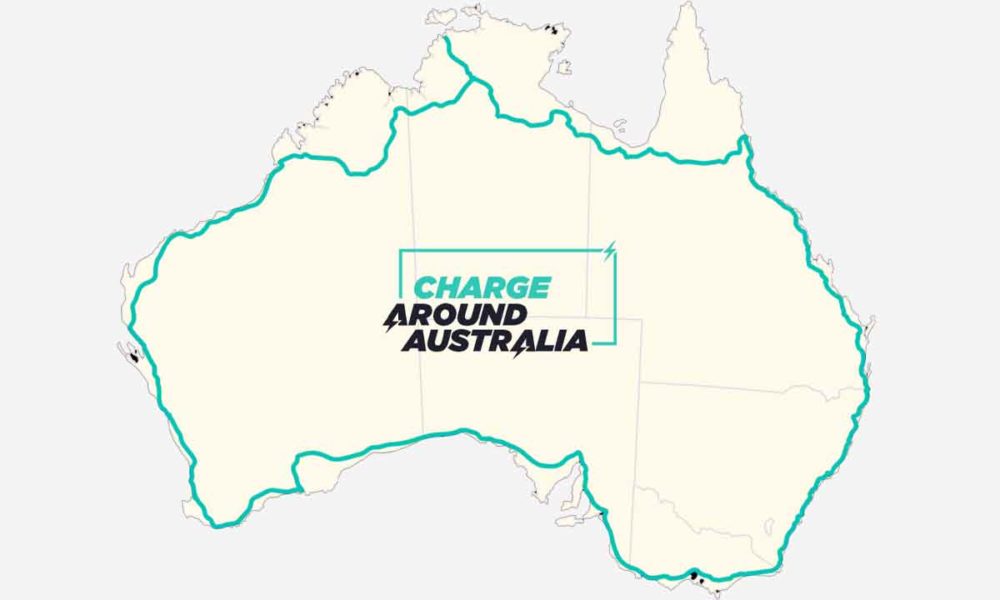
Just a few days ago he was talking about the milestone reached by an electric car, the Mercedes-Benz Vision EQXX prototype, which had managed to travel more than 1,000 kilometers without needing to recharge at all during the journey. Yes, it is a prototype, but the milestone strikes me as quite significant, pointing a key direction in which the electric car must move to grow in popularity and adoption: autonomy. There are other factors, of course, but this one, over time, has been shown to be of vital importance.
And although in this case, we are also facing a proof of concept, in which efficiency and its possible transfer to the reality of drivers is still a long way off, it is also very interesting, not so much in terms of autonomy as to independence. And it is that, as we can read in Gizmodo, a team of researchers intends to travel 9,400 miles, just over 15,000 kilometers in a Tesla, using solar panels to charge its batteries.
The trip will take place next September and will last no less than 84 days. And, according to their calculations, each day they will have to spend two hours driving and another six charging the electric car. For this purpose they will use 18 solar panels of about 18 meters that will be deployed next to the Tesla to capture solar energy that will be transferred to the batteries. The panels are made from PET, the same plastic used to produce water bottles, and have been printed with water based sun paint on a printer used to print wine labels.
As part of the project, this electric car will make visits to 70 schools that are on his journeyso that students can have first-hand contact with the project and, who knows, maybe find the inspiration to have their own ideas regarding the electric car.
This is not, as I said before, a concept that can be transferred per se to the real world. No one, on a medium or long-distance road trip in an electric car, can afford to break it up into two-hour segments, and park on the roadside to deploy the solar panels for six hours to recharge the batteries. However, it does plan a completely autonomous model of the electrical network, which for areas with enough sun and in vehicles that travel short distances on a daily basis, it can be an interesting alternative to current systems.
But, beyond that, this project proposes that, with the improvements that may occur in the technology for obtaining energy from sunlight, perhaps in the future it will be more feasible to think of some type of electric car, or another vehicle type, relies at least partially on solar energy for your mobility. I have serious doubts about whether those of us who already comb gray hair will get to see it, but it seems to me a very interesting future. Meanwhile, we will have to wait for the arrival of the charging stations of the future.




